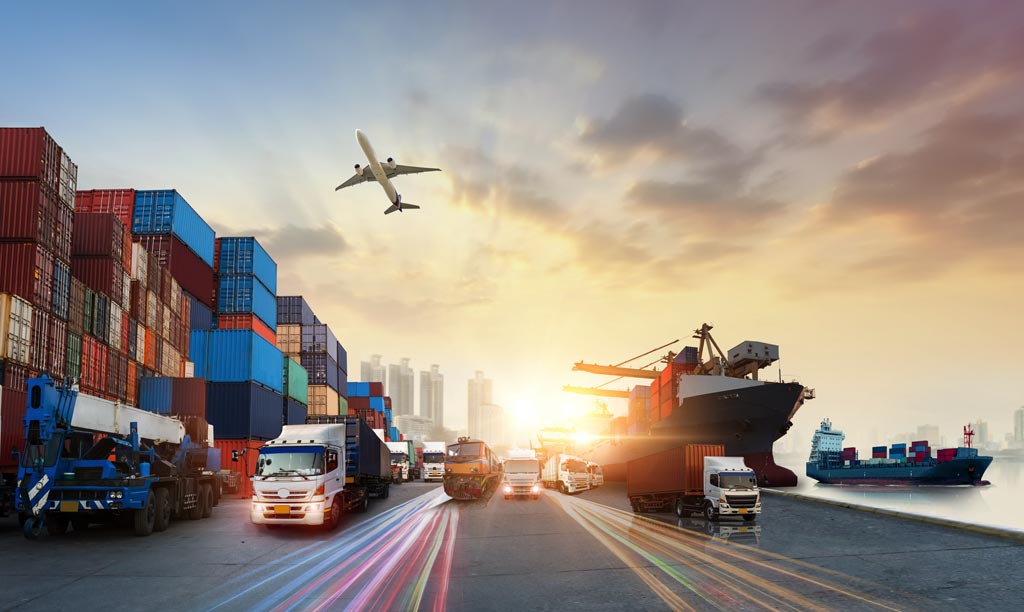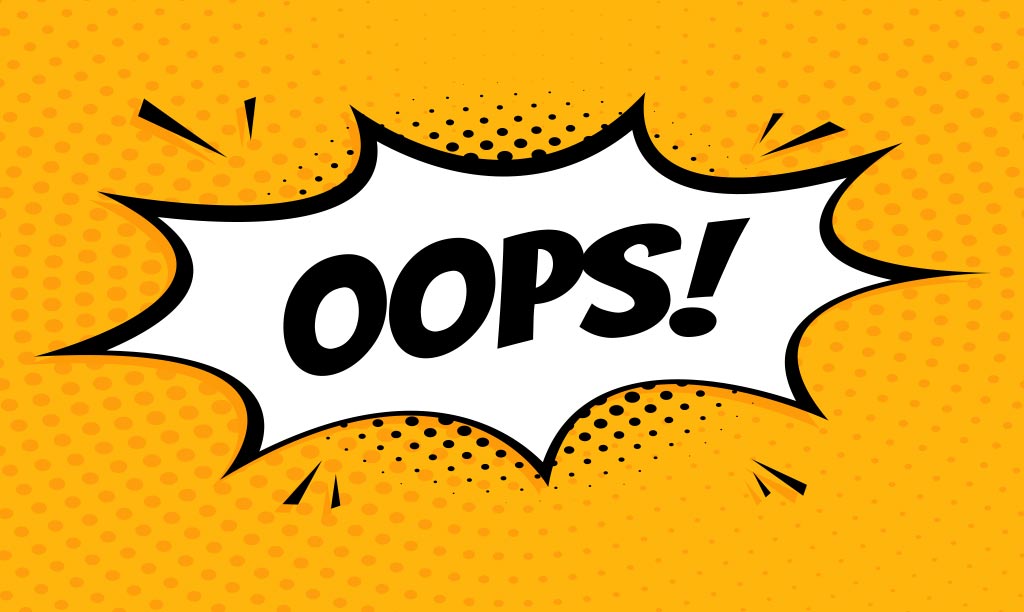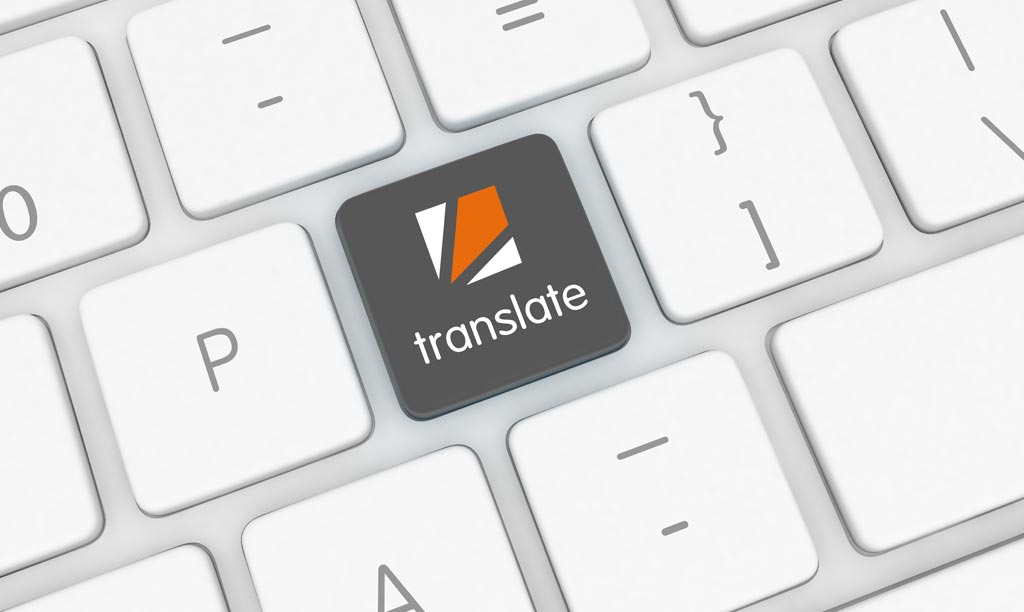Over the last few months we have seen an increase in queries from online retailers selling goods into the EU and whether there is a simple solution, given we are now over three years into the post Brexit trade arrangements.
The answer is of course, nothing is ever really simple, especially where VAT is concerned, but there are a range of options available to your clients. Whilst we would always recommend seeking further advice, we highlight some of the solutions we discuss with clients here:
- Don’t do it – Not a particularly helpful solution or one to aspire to, but we have had conversations with clients who are doing very low volumes across a large number of countries and the cost of managing the EU VAT simply outweighs the profits they expect to make.
- Make the customer solve the issue – there are a range of delivery terms available which dictate who is responsible for import taxes. It is possible to ensure that the customer is responsible for the import taxes. Whilst not being the most commercial solutions, it could save the seller the cost of managing the EU VAT position.
- Import One Stop Shop (IOSS) – a simplified EU VAT administration which enables all EU VAT liabilities to be reported through a single VAT return. Be aware though, there are complications for your client because only shipments below €150 can be reported through the return. There is also a requirement which will probably require them to appoint a third party to submit returns, so it won’t work for everybody.
- Multiple registrations – where there are high volumes of high value transactions, it may be easiest to simply proceed with multiple EU VAT registrations. It won't be a cheap option and creates an administrative burden, but it may simplify getting the products out the door.
- EU warehousing – where volumes are high enough, there are benefits to moving goods in bulk to an EU warehouse for onward supply. Done correctly, there can be a single VAT registration in the country in which the goods are stored, with a second VAT registration for cross border sales around the EU. The costs are higher as a physical presence is required (either using third party warehousing or maintaining its own warehousing), but the VAT position can be controlled and simplified, as well as reducing delays at the border.
- Distribution agreement – this may result in a loss of profit and control, but appointing an EU distributor to receive and sell goods throughout the EU could also simplify the import position.
As you would expect, we have spoken to many businesses about how the options above work for them. We can help your clients understand and make the right decision for their business model. It is never too late to revisit the supply chain in a post Brexit environment. To ensure your clients are utilising the best options for their business, contact us to chat and review the position.




























